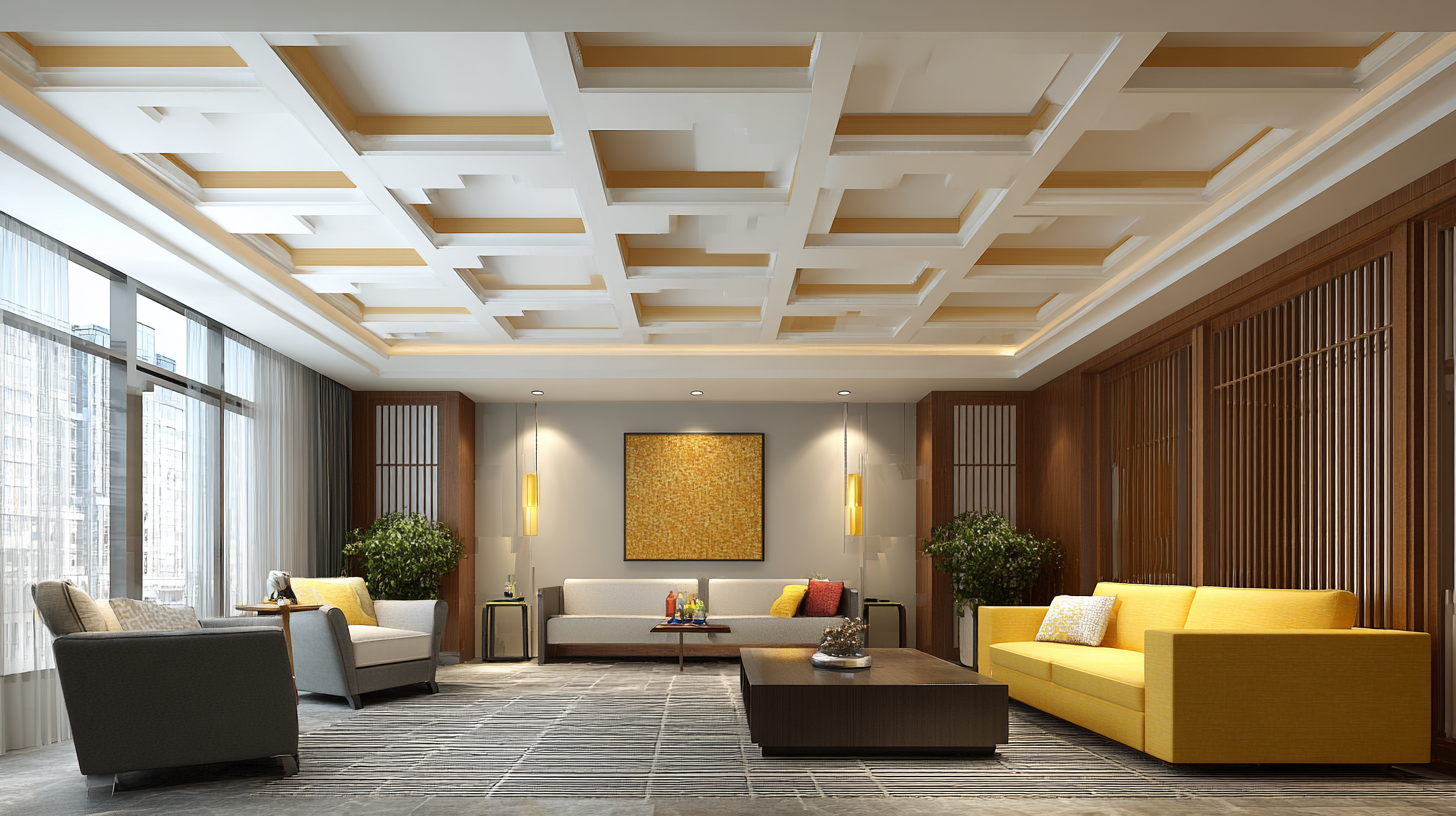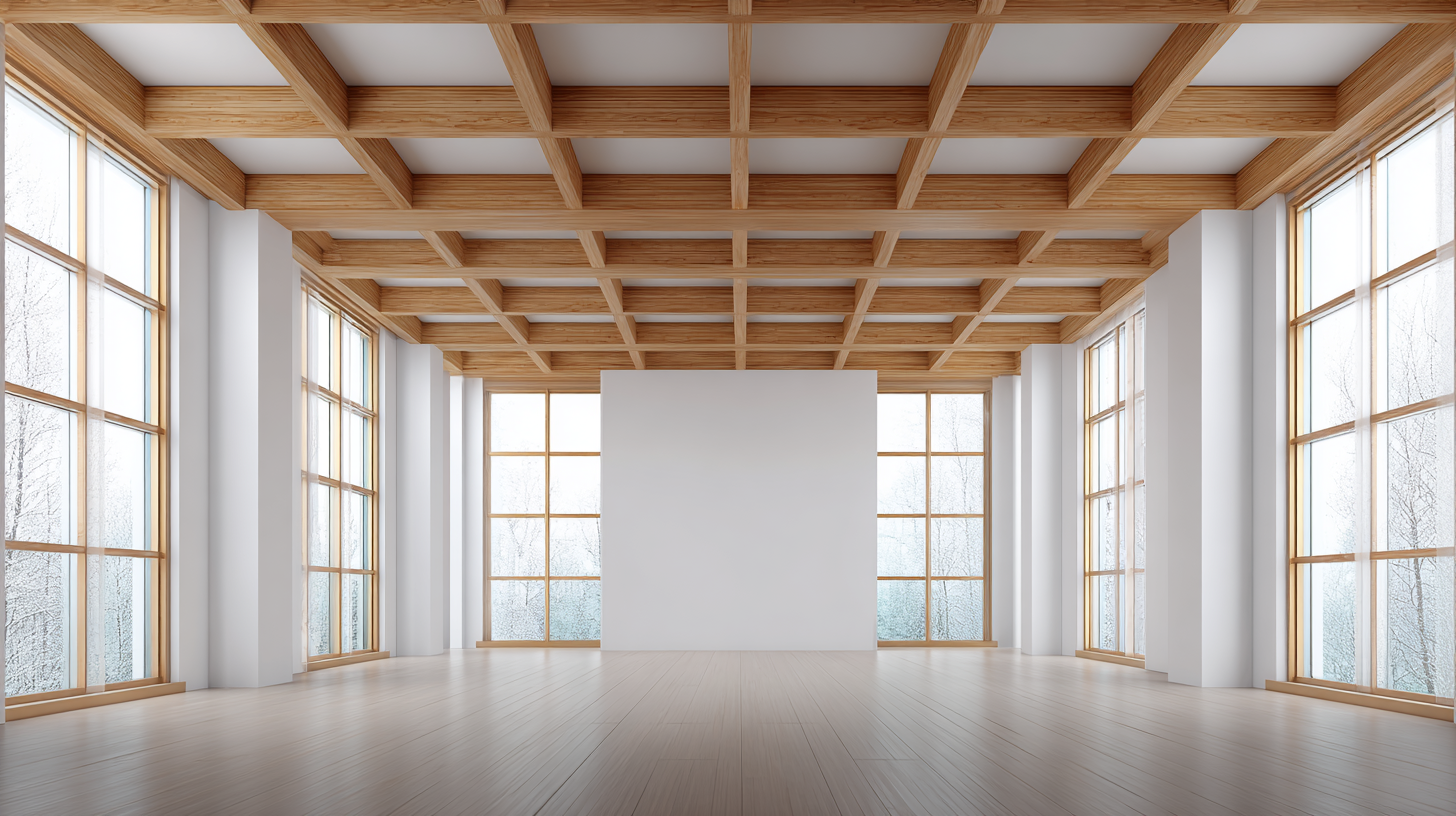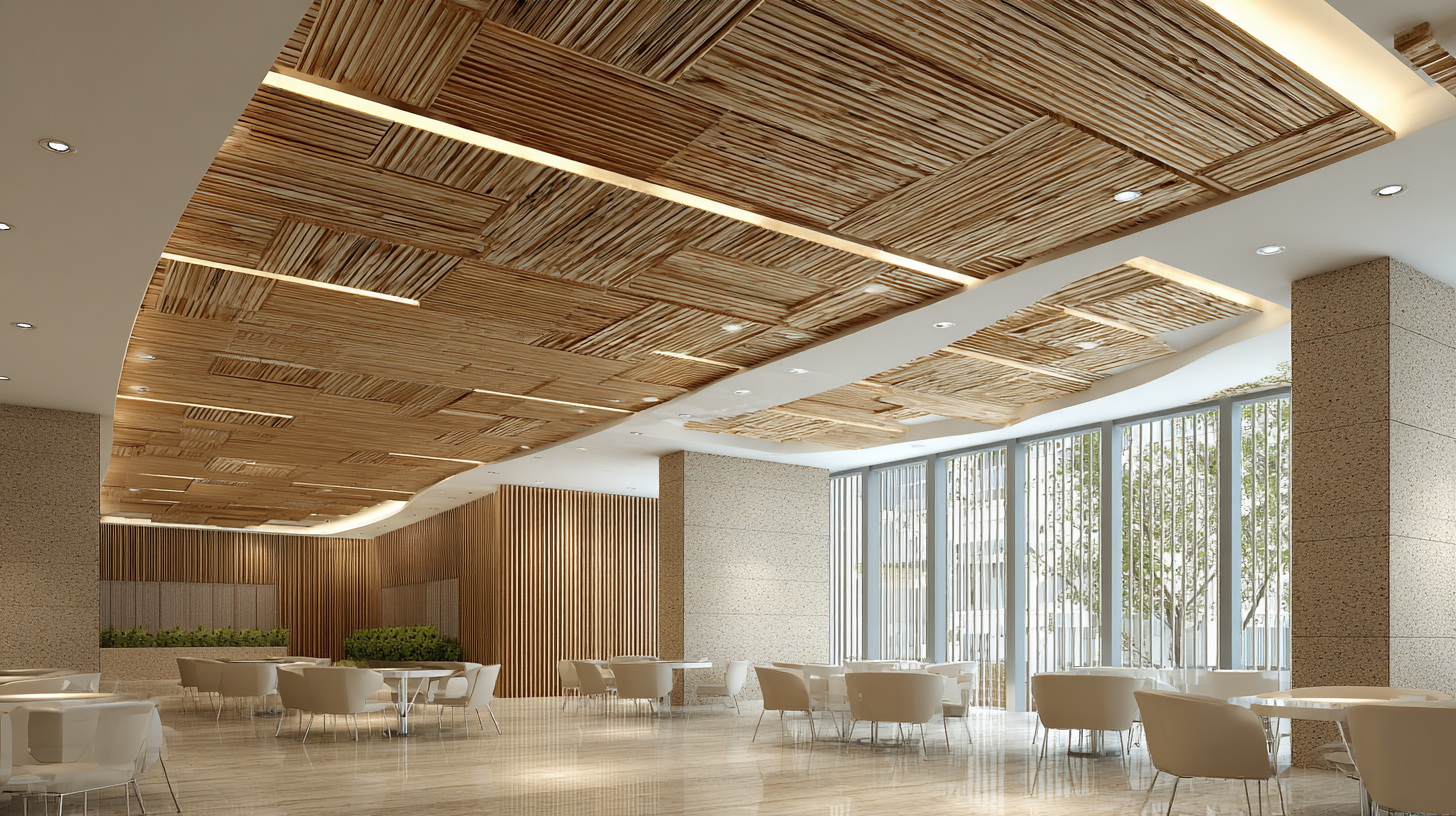Leave Your Message
-
Facebook
-
Whatsapp
-
Whatsapp


In today's world, the importance of moisture resistance in bathrooms cannot be overstated, especially given that, according to industry reports, over 70% of all bathroom-related damage is attributed to moisture-related issues. This concern significantly highlights the need for effective solutions in bathroom design, particularly through the selection of appropriate materials such as Bathroom Ceiling Cladding.

As moisture-laden environments can lead to structural damage, mold growth, and unhealthy air quality, homeowners and builders are increasingly turning to innovative cladding solutions that offer enhanced durability and aesthetic appeal.
With a diverse range of options available, this blog will explore various types of Bathroom Ceiling Cladding, comparing their moisture resistance capabilities and overall performance to guide homeowners in making informed decisions for long-lasting and beautiful bathroom spaces.
When it comes to enhancing moisture resistance in bathrooms, choosing the right ceiling cladding material is crucial. Several materials stand out for their ability to withstand high humidity levels and resist mold growth. PVC panels are a popular choice due to their waterproof nature and ease of maintenance. They come in various styles and colors, allowing homeowners to achieve a stylish aesthetic while ensuring durability against moisture.
Another excellent option is fiberglass-reinforced panels. These panels are incredibly resistant to moisture and offer superior durability, making them perfect for areas with frequent water exposure. Their non-porous surface helps prevent mold and mildew, which is essential for maintaining a healthy bathroom environment. Additionally, they can be painted or customized to match existing décor, providing both functionality and a pleasing appearance.
Lastly, consider using aluminum cladding. This material is inherently moisture-resistant and lightweight, making installation a breeze. Aluminum panels are also corrosion-resistant, ensuring longevity in wet environments. With a range of finishes available, aluminum cladding can add a modern touch to your bathroom while effectively maximizing moisture resistance. Choosing any of these materials will not only enhance your bathroom’s longevity but also maintain its aesthetic appeal in the face of moisture challenges.
| Material Type | Moisture Resistance Rating | Installation Ease | Cost per Square Foot | Durability |
|---|---|---|---|---|
| PVC Panels | Very High | Easy | $3 - $5 | 20+ years |
| MDF Panels | Moderate | Moderate | $2 - $4 | 10-15 years |
| Gypsum Board | Low | Hard | $1 - $3 | 5-10 years |
| Cement Board | Very High | Moderate | $2 - $6 | 30+ years |
| Wood Panels (Treated) | Moderate | Easy | $3 - $7 | 10-20 years |
When considering moisture-resistant ceiling cladding for bathrooms, it’s essential to prioritize materials that can withstand high humidity and prevent mold growth. Look for cladding made from PVC or vinyl, as these materials are inherently waterproof and provide excellent durability. Additionally, ensure that the cladding has a smooth surface, as this feature not only enhances aesthetics but also makes cleaning easier, thereby maintaining hygiene in the often damp bathroom environment.
Another critical factor to consider is the cladding's insulation properties. Effective insulation can help regulate temperatures and reduce condensation, which is vital in preventing moisture-related issues. Moreover, check for a product that offers UV resistance, which prevents fading and degradation over time, maintaining the visual appeal of your bathroom ceiling. Lastly, consider the ease of installation; many modern cladding options come with tongue-and-groove designs or interlocking systems, simplifying the process and ensuring a tight, waterproof fit that’s crucial for maintaining a moisture-resistant environment.

When it comes to enhancing moisture resistance in bathrooms, selecting the right ceiling cladding is crucial. Innovative installation techniques can significantly improve the durability and effectiveness of your chosen materials, ensuring they withstand the humid environment typical of bathrooms.
One effective tip is to utilize tongue-and-groove panels that tightly interlock, creating a seal that prevents moisture penetration. When installing these panels, ensure the joints are properly sealed with a high-quality waterproof adhesive to further enhance protection against humidity. Additionally, consider using a vapor barrier behind the cladding, which acts as an extra layer of defense against moisture accumulation.
Another important aspect is to maintain proper ventilation in your bathroom. Integrating exhaust fans or windows can help reduce humidity levels, thus prolonging the life of your ceiling cladding. When installing your ceiling, make sure to position the cladding panels slightly away from the walls to allow for airflow, preventing moisture buildup in corners where it’s more concentrated. These innovative installation tips will help keep your bathroom ceiling looking fresh and resistant to damage.
When it comes to maintaining moisture resistance in your bathroom, regular upkeep of your ceiling cladding is essential. Over time, even the best materials can suffer from mold, mildew, and water damage if not properly cared for. To sustain moisture resistance, ensure proper ventilation in your bathroom to reduce humidity levels. This can be achieved by installing exhaust fans and keeping windows open during and after showers.
Tips for maintaining your bathroom ceiling cladding include regularly cleaning the surface with a mild detergent and water solution to prevent the buildup of grime. Additionally, inspect your cladding for any signs of damage, such as gaps or peeling, which can allow moisture to penetrate. Address these issues immediately to prevent further deterioration. Applying a protective sealant may also enhance the moisture barrier, ensuring your cladding remains effective for years to come.
Another important practice is to monitor the overall humidity in your bathroom using a hygrometer. Aim to keep humidity levels below 60% to minimize moisture-related issues. If necessary, consider using a dehumidifier to help manage the environment, especially in particularly humid climates. By following these maintenance practices, you can extend the life of your bathroom ceiling cladding while ensuring it continues to provide excellent moisture resistance.
Bathroom ceilings demand particular attention when it comes to moisture resistance, and the latest design trends reflect this necessity. According to a recent report by the Home Improvement Research Institute, as many as 68% of homeowners are focusing on moisture-resistant materials for bathroom renovations, underscoring the significance of durability in their design choices. Popular materials such as PVC, mineral fiber, and vinyl not only offer exceptional resistance to moisture but are also available in a variety of appealing finishes and styles, allowing for seamless integration into various design aesthetics.
One standout trend is the use of decorative ceiling panels, which can elevate a bathroom's visual appeal while providing functional benefits. For example, research published by the American Institute of Architects indicates that textured panels are gaining traction, with a preference for wood-look designs that evoke a natural ambiance. Additionally, the integration of LED lighting within moisture-resistant ceiling installations has become increasingly popular, enhancing both safety and ambiance in wet environments. As more homeowners seek to create spa-like retreats, the combination of aesthetic appeal and practical resilience in bathroom ceiling designs is becoming essential to modern renovations.

